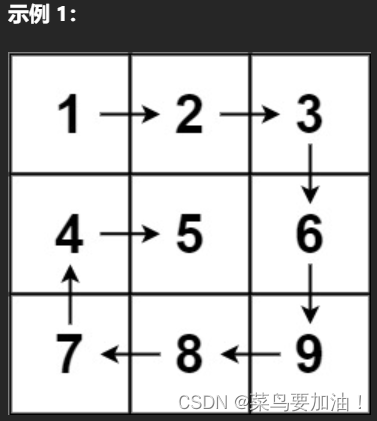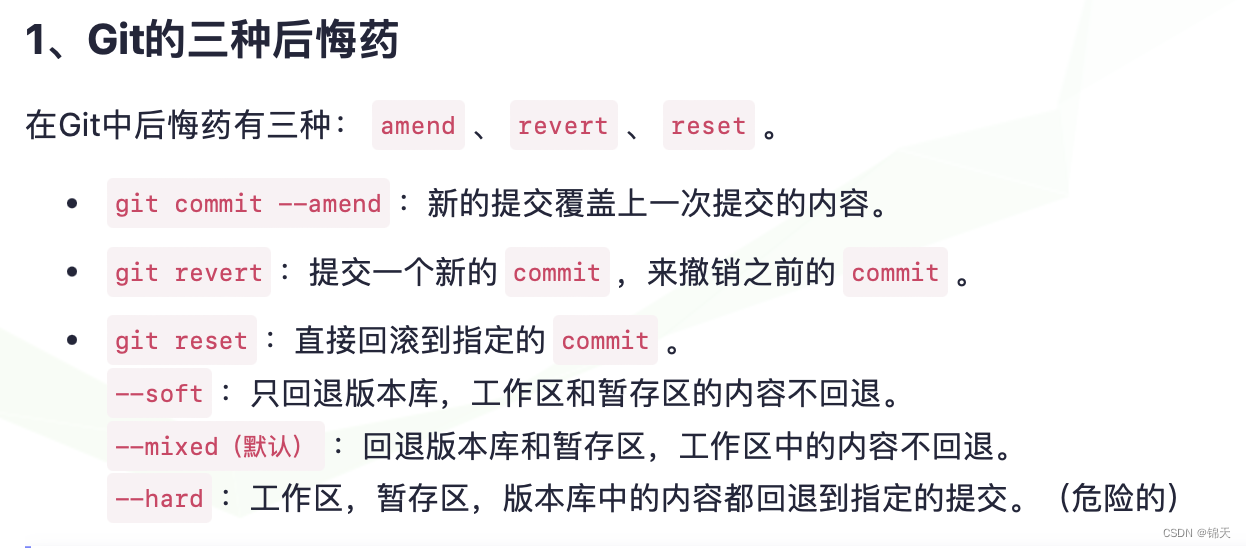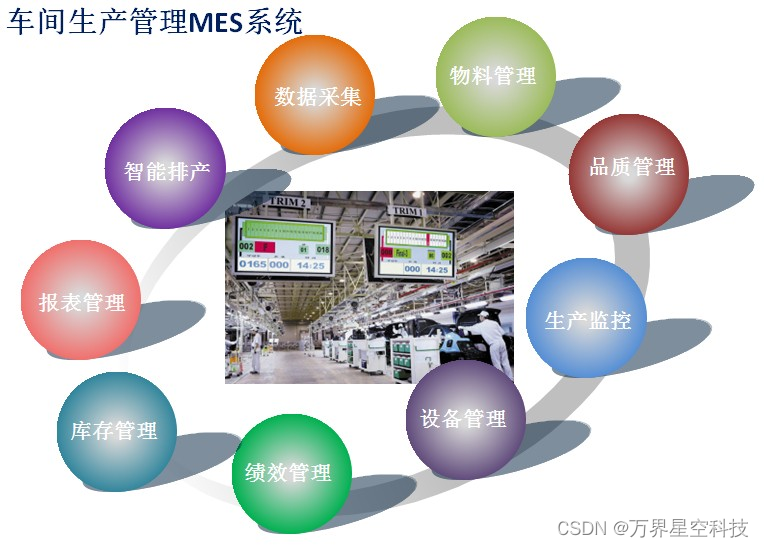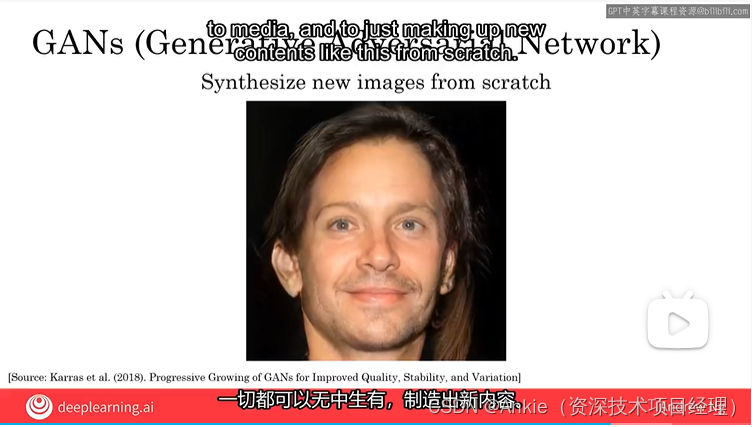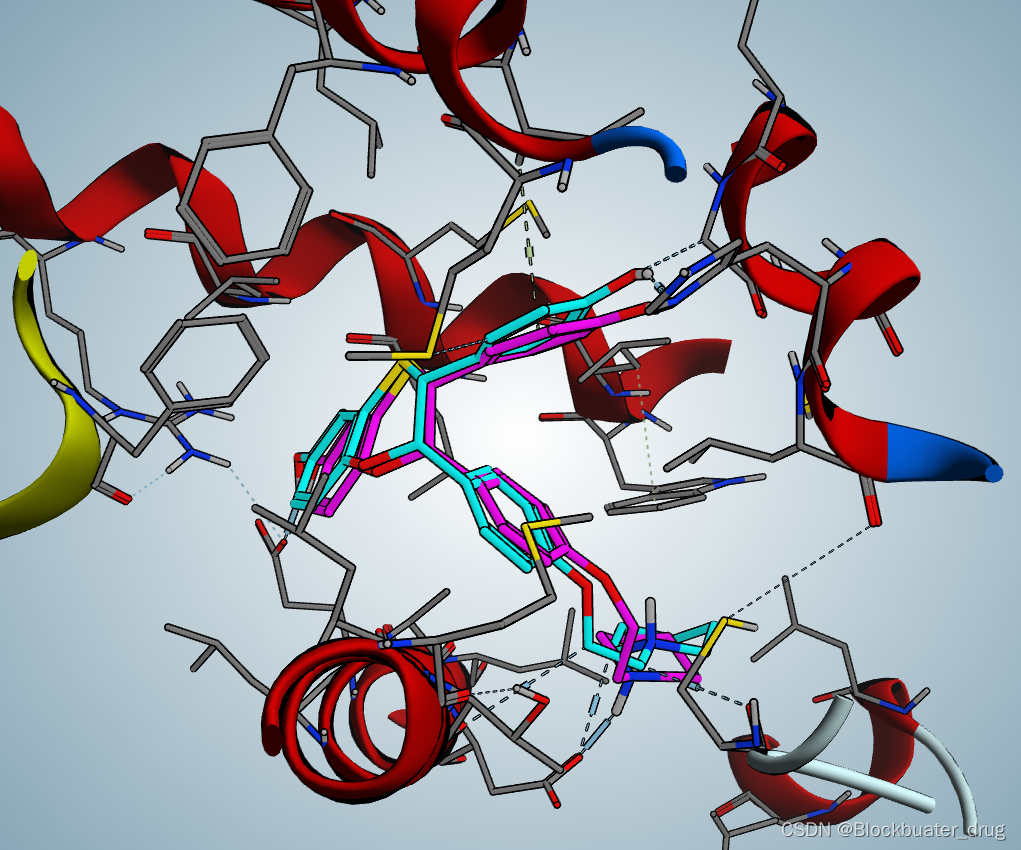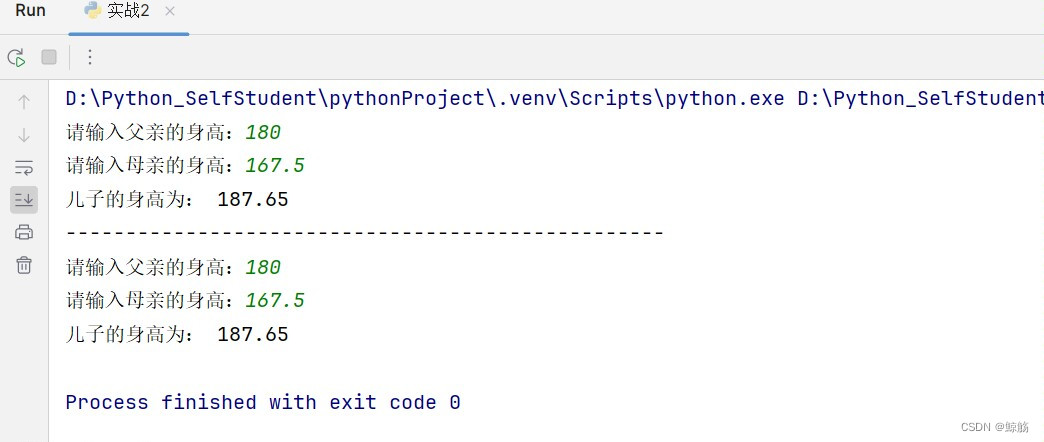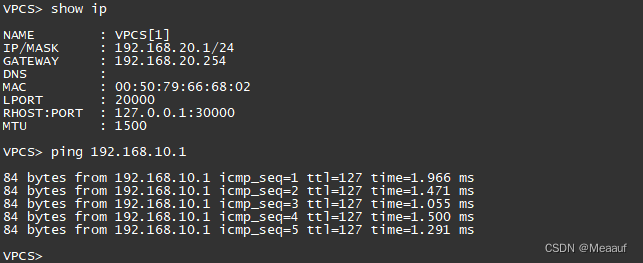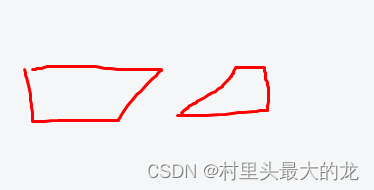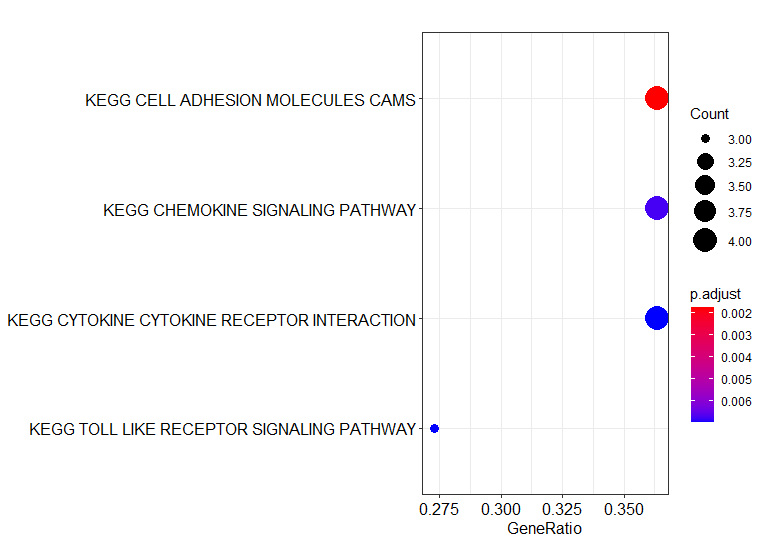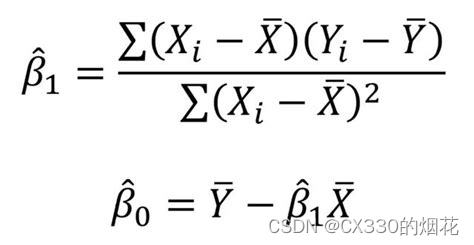在 Java 编程中,了解集合类的高级特性对于编写高效和可维护的代码至关重要。以下是一些你应该知道的 Java 集合类的高级特性,以及简单的例子来说明它们的用法。
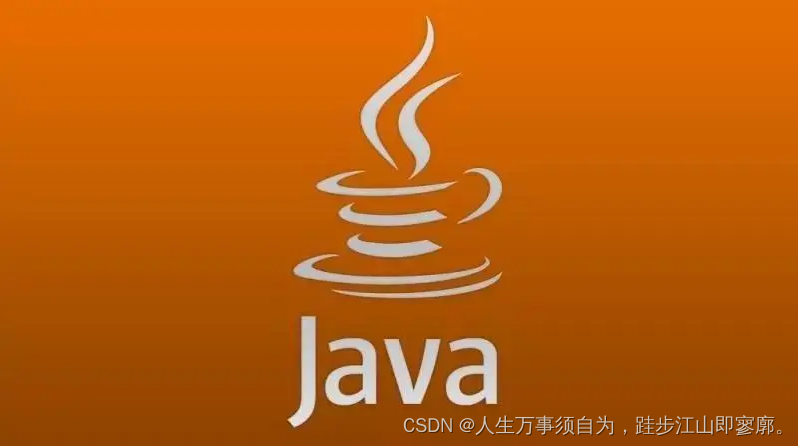
1. 迭代器(Iterators)和列表迭代器(ListIterators)
迭代器
迭代器是集合元素的顺序访问的算法,它允许遍历集合而不需要暴露集合的内部表示。
List<String> myList = Arrays.asList("Apple", "Banana", "Cherry");
Iterator<String> iterator = myList.iterator();
while (iterator.hasNext()) {
String element = iterator.next();
System.out.println(element);
}
列表迭代器
列表迭代器提供了额外的 `nextIndex` 和 `previousIndex` 方法,以及 `set` 和 `add` 方法,允许在遍历过程中修改列表。
List<String> myList = Arrays.asList("Apple", "Banana", "Cherry");
ListIterator<String> listIterator = myList.listIterator();
while (listIterator.hasNext()) {
String element = listIterator.next();
if ("Banana".equals(element)) {
listIterator.set("Mango"); // 替换元素
}
}
2. 流(Streams)
流操作
Java 8 引入了流 API,它提供了一种高级方式来处理集合中的元素,支持顺序和并行处理。
List<String> myList = Arrays.asList("Apple", "Banana", "Cherry");
myList.stream()
.filter(s -> s.startsWith("A")) // 过滤
.map(String::toUpperCase) // 映射
.forEach(System.out::println); // 消费
3. 不可变性(Immutability)
不可变集合
不可变集合一旦创建,其内容就不能被修改。这提供了线程安全性和不可变数据的安全性。
List<String> myImmutableList = Collections.unmodifiableList(Arrays.asList("Apple", "Banana", "Cherry"));
// myImmutableList.add("Mango"); // 编译错误,因为 myImmutableList 是不可变的
4. 并发集合(Concurrent Collections)
并发集合
并发集合类,如 `ConcurrentHashMap`、`ConcurrentLinkedQueue` 和 `CopyOnWriteArrayList`,提供了线程安全的集合实现。
ConcurrentHashMap<String, String> myConcurrentMap = new ConcurrentHashMap<>();
myConcurrentMap.put("Key", "Value");
// myConcurrentMap.putAll(otherMap); // 安全地添加其他映射
5. 函数式接口(Functional Interfaces)
函数式接口
函数式接口允许你使用 Lambda 表达式来提供实现。
List<String> myList = Arrays.asList("Apple", "Banana", "Cherry");
myList.forEach(s -> System.out.println(s)); // 使用 Lambda 表达式
6. 自定义集合操作
自定义集合操作
Java 8 引入了 `Collection` 接口的默认方法,允许你在不改变集合接口的情况下添加新功能。
List<String> myList = Arrays.asList("Apple", "Banana", "Cherry");
myList.sort((s1, s2) -> s1.compareToIgnoreCase(s2)); // 使用 Lambda 表达式进行排序
7. 并行集合(Parallel Collections)
并行集合
并行集合是一种特殊的集合,它允许集合的并行处理。
List<String> myList = Arrays.asList("Apple", "Banana", "Cherry");
myList.parallelStream() // 转换为并行流
.filter(s -> s.startsWith("A")) // 过滤
.map(String::toUpperCase) // 映射
.forEach(System.out::println); // 消费
8. 映射(Maps)的高级操作
高级映射操作
`Map` 接口提供了丰富的方法,如 `putIfAbsent`、`remove`、`replace`、`replaceAll` 和 `compute` 等。
Map<String, String> myMap = new HashMap<>();
myMap.put("Key1", "Value1");
myMap.putIfAbsent("Key2", "Value2"); // 如果 Key2 不存在,则添加
myMap.remove("Key1"); // 移除 Key1
myMap.replace("Key2", "New Value2"); // 替换 Key2 的值
myMap.replaceAll((key, value) -> value.toUpperCase()); // 替换所有值
9. 集合的工具类(Collections Utilities)
集合工具类
`Collections` 类提供了一系列静态方法,用于操作集合,如排序、填充、替换和查找。
List<String> myList = Arrays.asList("Apple", "Banana", "Cherry");
Collections.sort(myList); // 排序
Collections.fill(myList, "Mango"); // 填充
Collections.replaceAll(myList, "Apple", "Kiwi"); // 替换所有元素
总结
Java 集合类的高级特性为编程提供了强大的工具,使得数据处理更加高效和灵活。通过掌握这些特性,你可以编写出更加优雅和高效的代码。在实际编程中,你应该根据具体的需求和上下文选择合适的方法和集合类,以实现最佳性能和代码质量。
